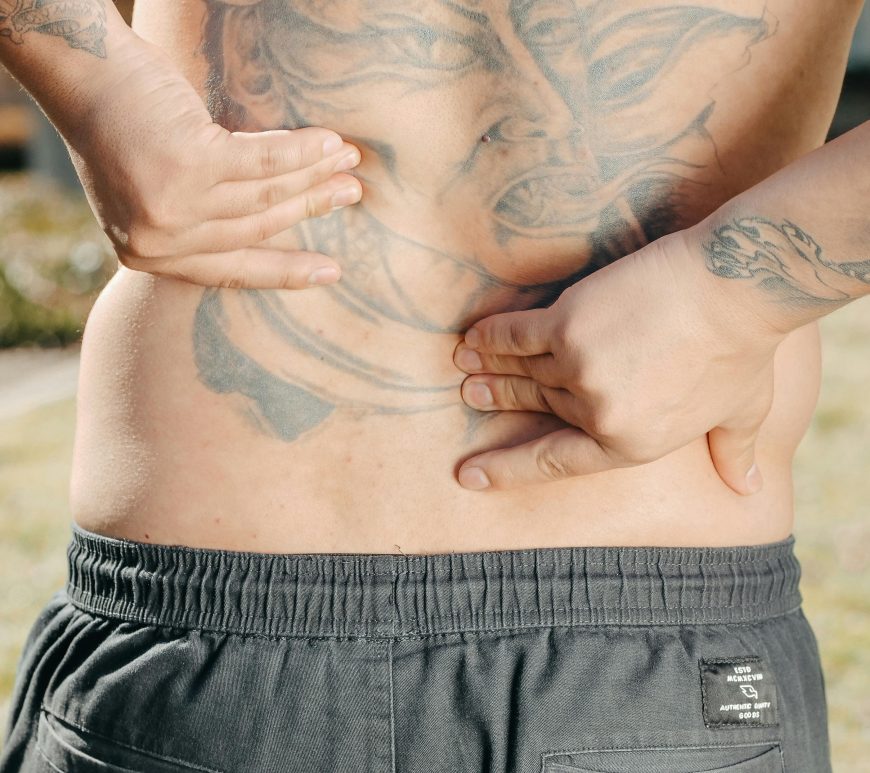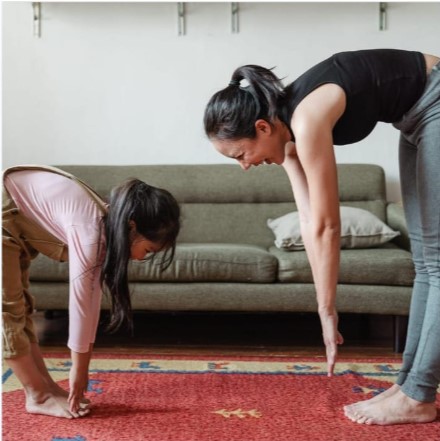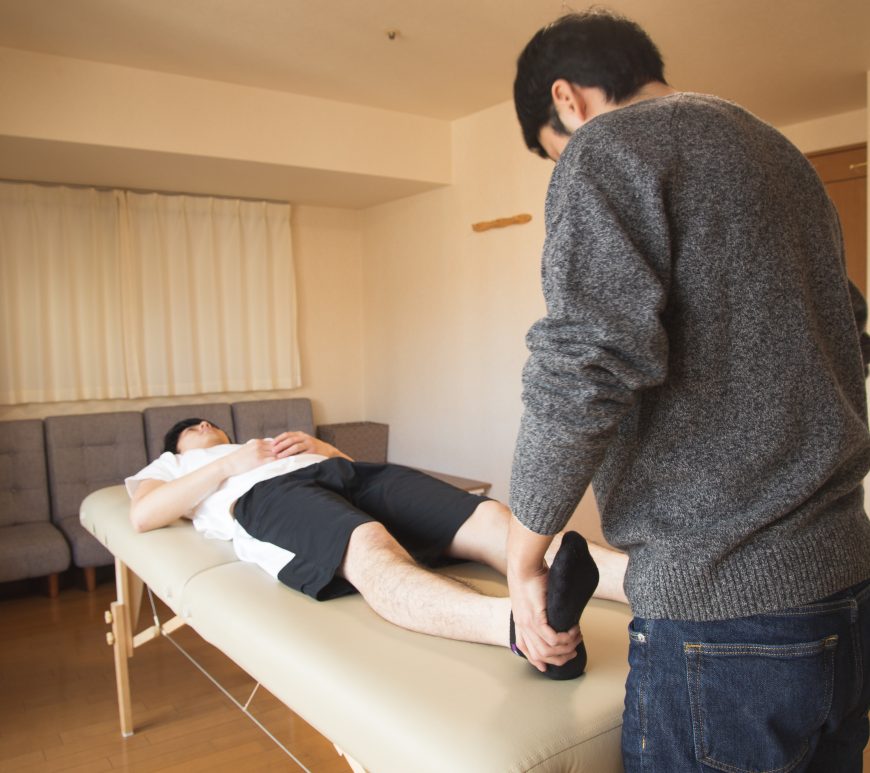
How does an eight-week William’s exercise Regimen impact Lumbar curvature and pain?
A recent study has highlighted the positive impact of an eight-week William’s training regimen on the lumbosacral muscles, lumbar curvature, and associated back pain in females suffering from hyperlordosis—a condition characterized by an exaggerated inward curve of the lower back. Hyperlordosis can lead to significant discomfort and functional issues, necessitating effective interventions to restore normal spinal alignment and muscle function. In 2015, the study conducted … Continue reading How does an eight-week William’s exercise Regimen impact Lumbar curvature and pain?



